
International Botanical Congress – Madrid 2024
The 20th International Botanical Congress (IBC 2024) has begun in Madrid (Spain) with the Nomenclature Section (15–19 July 2024) followed by the Congress (21–27 July 2024). This global congress takes place every six years under the supervision of the International Association for Botanical and Mycological Societies (IABMS). Originally the 20th congress was going to take place in 2023 in Brazil after Shenzhen’s (China) 2017. The impact of the worldwide pandemic meant that the meeting could not be held in Brazil in 2023.
The congress includes plenary lectures, concurrent symposia, posters, exhibitors, short courses and workshops. The modern incarnation of the congress is an integrated forum for knowledge on the plant and mycological world.
Several poster presentations are being given by State Herbarium of South Australia PhD students Andrew McDougall and Luis Williamson at the IBC (for more information about the IBC program go to the conference website). They will update us on their experience attending this meeting at the congress and we wish them the best of luck for their presentations and in meeting the worlds botanical community.
More information about the students presenting and their work is available here: https://know.ourplants.org/current-research_ibc_madrid/
In a few weeks the International Mycological Congress is being held in The Netherlands. We update you closer to the date.
Michelle

 The remarkable diversity of eucalypts can make them challenging to identify. In fact only a small group of extremely talented people (I’m not one) can tell you the species name by sight. Some eucalypts are quite distinct and can be identified by looking at the shape of the tree, or the gloss of the leaves. In fact to identify a ‘Euc’ it often takes a combination of bark, buds, leaf shape, number of gum-nuts and a few other characters to be confident you have the correct species.
The remarkable diversity of eucalypts can make them challenging to identify. In fact only a small group of extremely talented people (I’m not one) can tell you the species name by sight. Some eucalypts are quite distinct and can be identified by looking at the shape of the tree, or the gloss of the leaves. In fact to identify a ‘Euc’ it often takes a combination of bark, buds, leaf shape, number of gum-nuts and a few other characters to be confident you have the correct species.
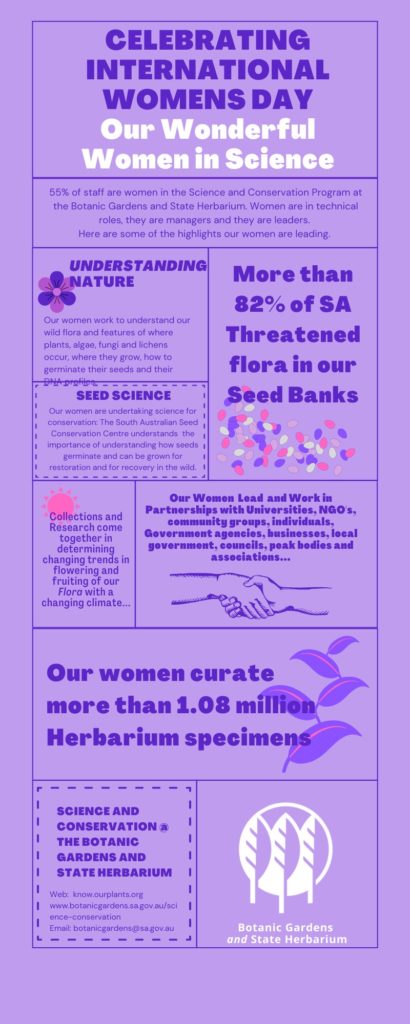



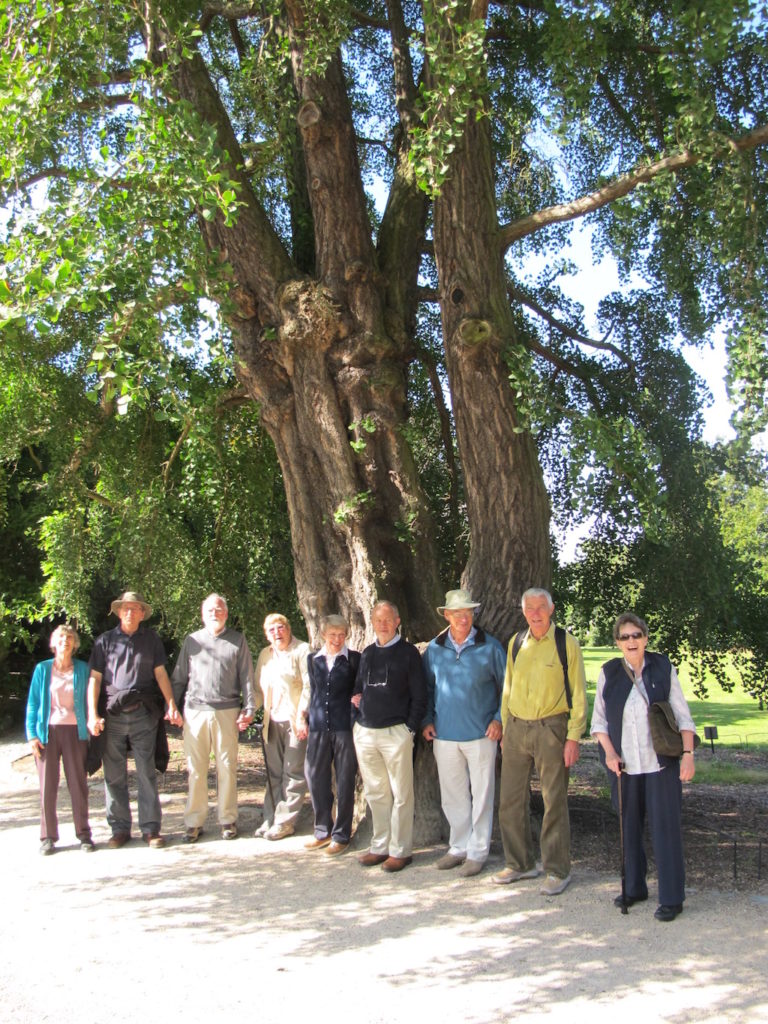





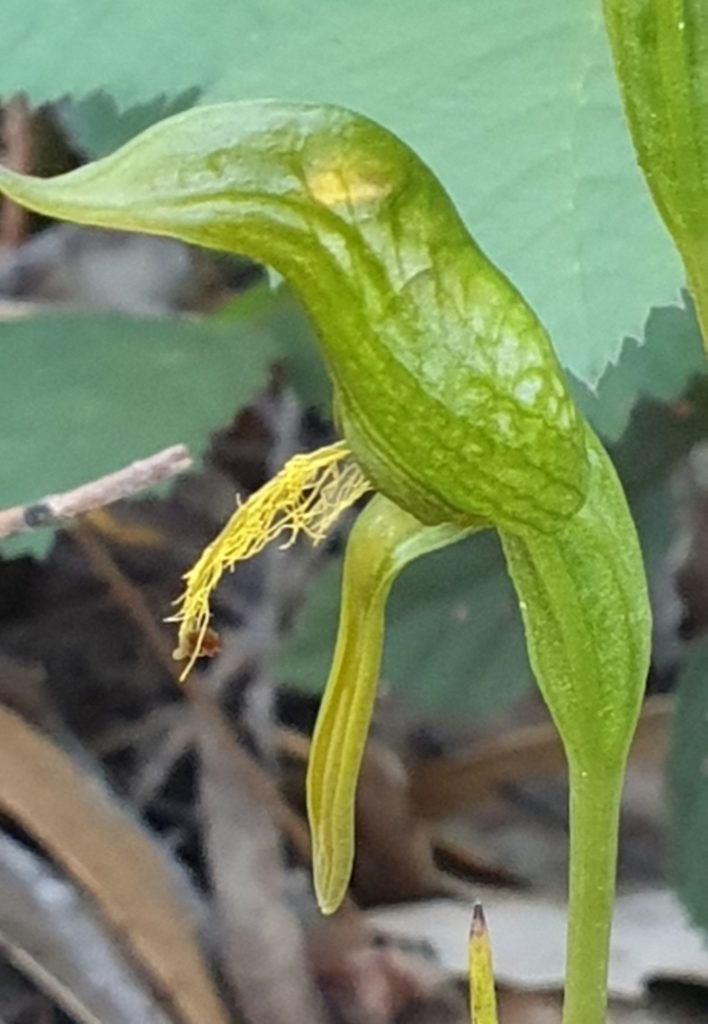

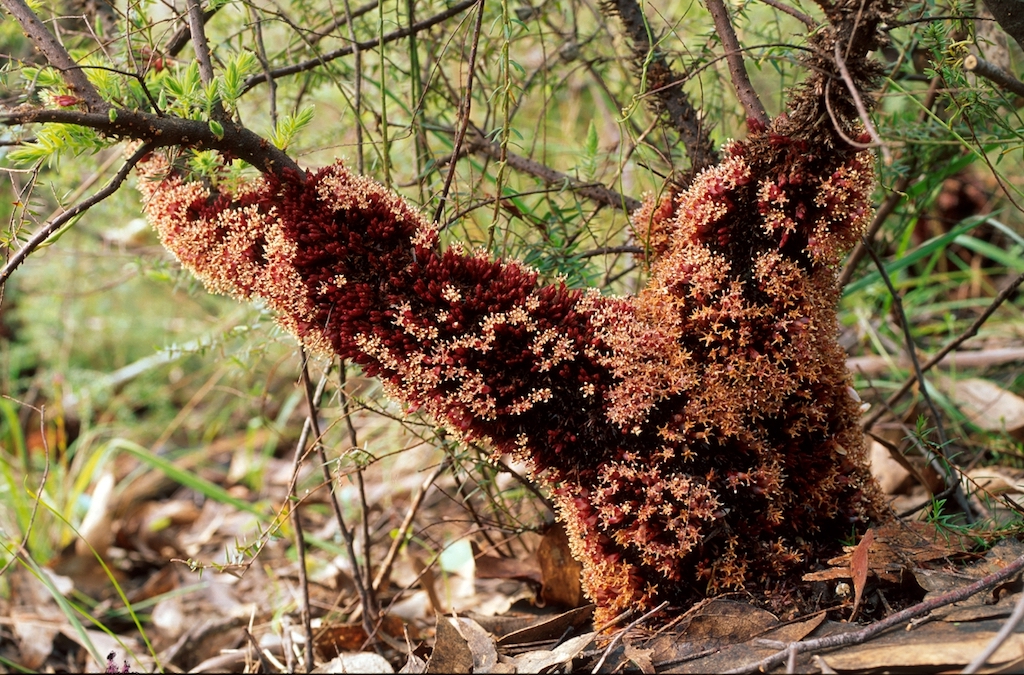
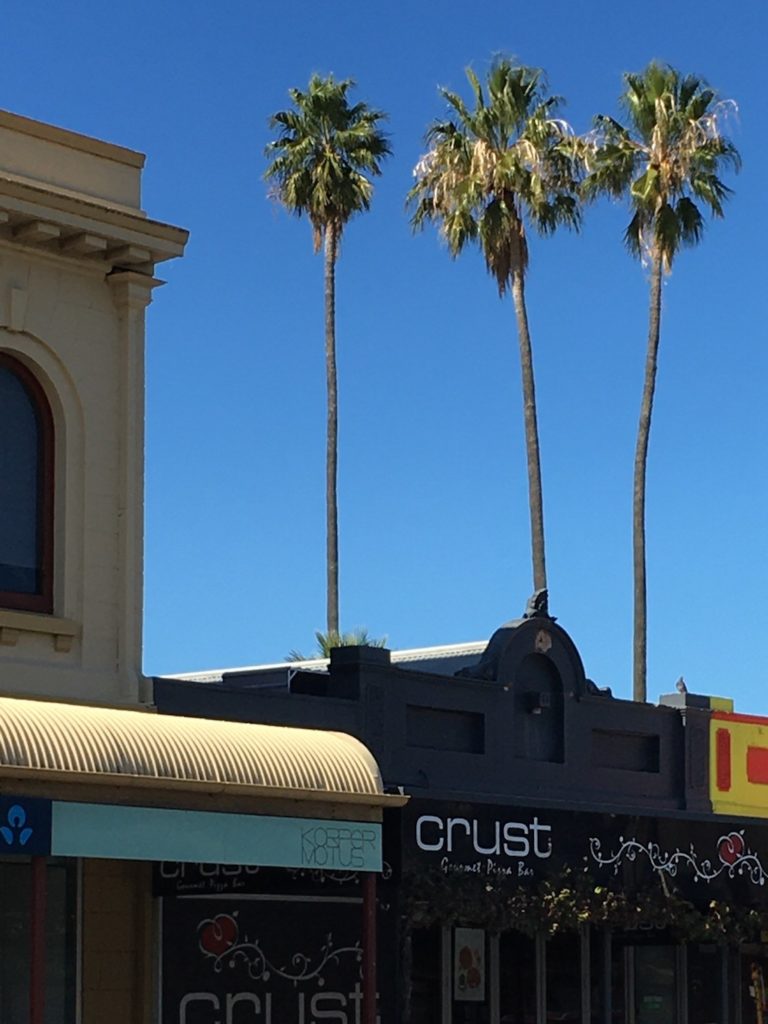



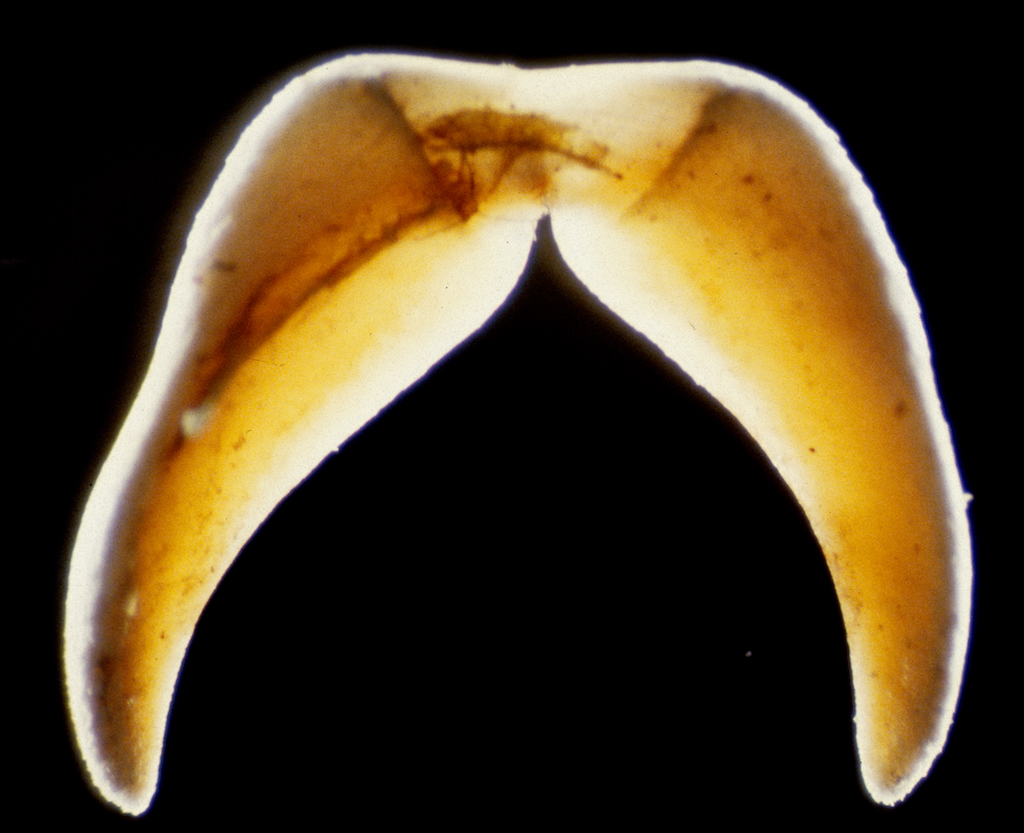
You must be logged in to post a comment.